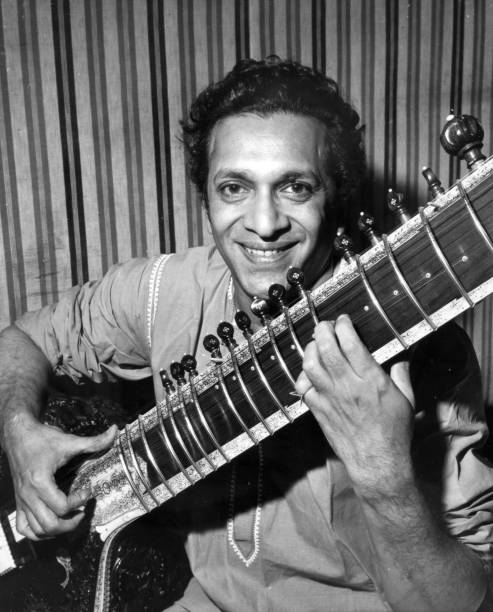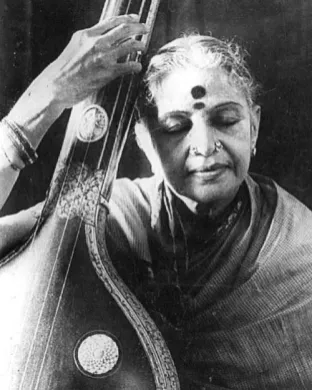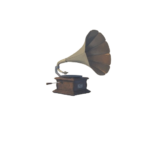The Soul of India: Classical Music Traditions
“Where rhythms meet spirituality – Explore India’s 3,000-year-old musical legacy”
Introduction
“Indian classical music is a divine art form divided into two streams – the Hindustani traditions of the North and the Carnatic system of the South. Built on ragas (melodic frameworks) and talas (rhythmic cycles), it’s a spiritual dialogue between the artist and audience.”
Two Traditions

Hindustani Music
- Dominant in North India
- Features sitar, tabla, sarod
- Famous artist: Pandit Ravi Shankar

Carnatic Music
- Practiced in South India
- Focus on vocal compositions
- Instruments: veena, mridangam
- Legend: M.S. Subbulakshmi
Layers / Parts in Indian Classical Music
Indian Classical Music has three main layers. Quite often there can be just three performers in an Indian Classical Music ensemble. Sometimes there might be more, but there will still only be three main layers. If there are more than three performers, it just means the parts are being doubled.
The layers in Indian Classical Music are…
Raga
The Raga forms the melody in Indian Classical Music. A Raga is very similar to a musical scale and there are 100s of them! Each Raga will contain short musical phrases. Large parts of the Raga are also improvised by the performer. The Raga is usually performed on the Sitar (see further down the page for more information). Sometimes the Raga is performed on a wind instrument, such as the Bansuri (see further down the page for more information).
A Raga will usually contain the following features…
- String bends (or pitch bends).
- Playing fast runs (scalic).
- Glissandos (slides)
- Ornamentation.
- Improvisation
Drone
A drone is a repeated note or a series of tow or three repeated notes. It is called a drone because it sounds as if the notes are constantly droning on in the background of a piece of music. In Indian Classical Music, the Drone creates the harmony (the accompaniment). This means Indian Classical Music does not use chords like we would expect to hear in Western music. The Drone is usually performed on the Tanpura (see further down the page for more information).
Tala
The Tala is the name given to the rhythmic pattern used in Indian Classical Music. It can be very complex! Just like with the Raga, there are 100s of different Tala’s and performers will improvise around them. The Tala is performed on the Tabla (see further down the page for more information). Performers learn the Tala by using words and syllables associated with each beat of the Tala and different parts of the Tabla; the first beat of the Tala is know as the sam and it is the most important beat, so it is played with an accent
Some Famous Indian Artists
- Pandit Ravi Shankar
- Ustad Zakir Hussain
Did you know
“A full concert lasts 3+ hours! Artists begin with slow alap, gradually build to rapid jhala sections, showcasing technical mastery.”
